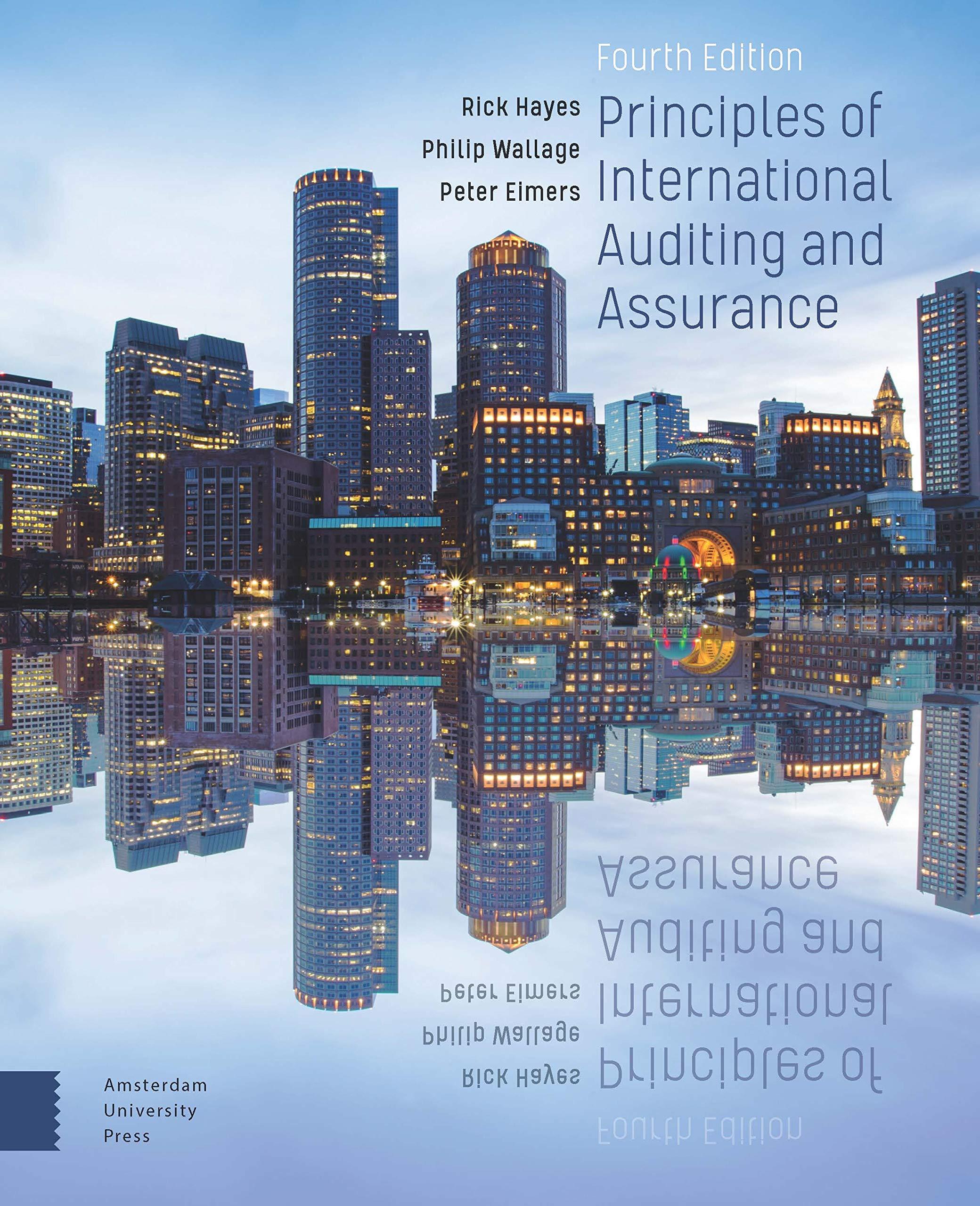Answered step by step
Verified Expert Solution
Question
1 Approved Answer
bj 3.5 Bayes! Theorem 117 th Subjective Probabilities in Management Decision Making An interesting interpretation of Bayes' theorem has been developed in the context of

bj
3.5 Bayes! Theorem 117 th Subjective Probabilities in Management Decision Making An interesting interpretation of Bayes' theorem has been developed in the context of subjective probabilities. Suppose that an individual is interested in event B and forms a subjective view of the probability that B will occur; in this context the probability P(B) is called a prior probability. If the individual then acquires an additional piece of infor- mation-namely, that event A has occurred-this may cause a modification of the initial judgment as to the likelihood of the occurrence of B. Since A is known to have happened, the relevant probability for B is now the conditional probability of B, given A, and is termed the posterior probability. Viewed in this way, Bayes' theorem can be thought of as a mechanism for updating a prior probability to a posterior probability when the in- formation that A has occurred becomes available. The theorem then states that the up- dating is accomplished through the multiplication of the prior probability P(B) by P(AB)/P(A) We know that people commonly form and subsequently modify subjective probability assessments. For example, an important part of an auditor's work is to determine whether or not the account balances are correct. Before examining a particular account, the auditor will have formed an opinion, based on previous audits, of the probability that there is an error. However, if the balance is found to be substantially different from what might be expected on the basis of the last few years' figures, the auditor will believe that the prob- ability of an error is higher and, therefore, give the account particularly close attention. Here, the prior probability has been updated in the light of additional information. Example 3.26 Auditing Business Records (Bayes' Theorem) Based on an examination of past records of a corporation's account balances, an auditor finds that 15% have contained errors. Of those balances in error, 60% were regarded as unusual values based on historical figures. Of all the account balances, 20% were un- usual values. If the figure for a particular balance appears unusual on this basis, what is the probability that it is in errorStep by Step Solution
There are 3 Steps involved in it
Step: 1

Get Instant Access to Expert-Tailored Solutions
See step-by-step solutions with expert insights and AI powered tools for academic success
Step: 2

Step: 3

Ace Your Homework with AI
Get the answers you need in no time with our AI-driven, step-by-step assistance
Get Started


